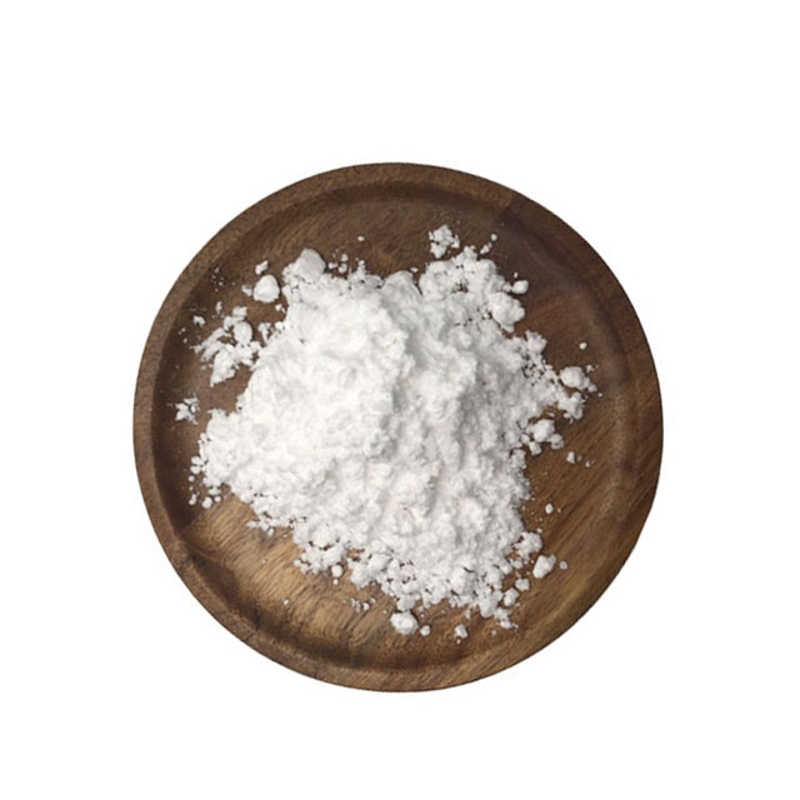Cell Reports: The Lanfei/Xu Jianqing/Xie Youhua team worked with Ai Yuelu Yananan to find several new crown neutralizing antibodies.
-
Last Update: 2020-07-29
-
Source: Internet
-
Author: User
Search more information of high quality chemicals, good prices and reliable suppliers, visit
www.echemi.com
Although the domestic outbreak of the new crown has been brought under control, but the outbreak is still on the rise, the world's existing nearly 5 million confirmed people, in order to continue to fight COVID-19, countries are still developing new crown neutralizing antibodies!---- In recent months, a number of research teams at home and abroad have published the results of SARS-CoV-2 antibodiesAlthough the screening method is similar, but the binding ability and neutral activity of antibodies are very different, the identification of high and active and high protective effect of specific antibodies is still the top priority of the current taskRecently, fudan University Biomedical Research Institute Lanfei team led by the Fudan University Institute of Biomedical Research/affiliated Shanghai Public Health Clinical Center Xu Jianqing team, Shanghai Active Motif Biotech Co., LtdLu Yananan team, and Fudan University Xie Yuhua team, published on Cell Report entitled "Human-IgG-Neutralizing Monoclonal Antibodies Block the SARS-CoV-2 Infection" article, the team reported a total of 11 different neutral antibody sequences, of which 8 live toxic neutrality force slower than 10 nM, these antibodies have good antigen affinity at the same time (best of 57 pM)Interestingly, one of the strains 553-15 can be combined with other neutralizing antibodies and increasing the ability of other antibodies to neutralise the virusThe researchers cloned 11 different neutralizing antibodies from the plasma of 11 COVID-19 recovered patients, and compared with recently reported neutralizing antibodies, the number of neutralized antibodies reported in the study was higher, and the two key indicators of antibodies (affinity and neutrality and neutrality) were more matched, and the neutrality and ability were better among the reported antibodiesEight of the 11 neutral antibodies bind to the recombinant protein RBD, and the researchers divided the eight RBD binding antibodies into three classes (A, B and C) through subsequent BLI assay seand and the epitope mapping of the body against the RBD mutantWhere a table is also ACE2 binding RBD epitope, so directly occupy the position of ACE2 binding, these antibodies in the separate use and live toxic activity is also the best; Interestingly, 553-15 although the neutrality and activity of single use in general, but co-use can significantly promote the neutrality of other epithetas, about 5 times higher(Editor's note: It is understood that the team published 105-38 in the BioRxiv preprint is also a B table, although 105-38 can promote 414-1 live toxic neutrality, but 105-38 itself has no live poison and activity, so it is not officially reported in this article); The researchers believe that the combination of A and B cells could provide new ideas and solutions for the new crown antibody cocktail therapy, increasing the likelihood that the antibody could become a drugAmong the 11 neutral antibodies, the researchers also found that 515-5 was able to cross-neutralizing the sars-CoV pseudovirus, suggesting that the 515-5 epitope may be the conservative epial of the SARS family virus, which may provide some clues to future human control of the coronavirusIt is understood that the team reported the new crown of the whole human source monoclonal antibodies, the study also used ELISA and flow (FCA) to detect 729 pairs of naturally paired heavy-chain antibodies, from which 11 live toxic neutralizing antibodies, and these 11 antibodies can identify the cell membrane S protein, and can compete for the combination of the membrane S protein ACE2The team said neutralizing antibodies screened by a combination of multiple tests may be more likely to facilitate the development of new coronaal antibody drugsIt is reported that the study was completed by Fudan University Biomedical Research Institute, Fudan University affiliated Shanghai Public Health Center, Shanghai Ai Yue and Fudan University School of Basic Medicine and other institutionsProfessor Lan Fei of Fudan University, Professor Xu Jianqing of Fudan University, Ai Yuelu Yanan in Shanghai and Professor Xie Yuhua of Fudan University are co-authors of the newsletterDrWan Jinkai of Fudan University and Dr Yu Yan, Ding Longfei of Shanghai Public Health Center affiliated with Fudan University, Ai Yue Wang, Shanghai, and Gu Chen jian of Fudan University are the first authors Source: BioArt !-- end of content presentation -- !-- determine whether the login ends.
This article is an English version of an article which is originally in the Chinese language on echemi.com and is provided for information purposes only.
This website makes no representation or warranty of any kind, either expressed or implied, as to the accuracy, completeness ownership or reliability of
the article or any translations thereof. If you have any concerns or complaints relating to the article, please send an email, providing a detailed
description of the concern or complaint, to
service@echemi.com. A staff member will contact you within 5 working days. Once verified, infringing content
will be removed immediately.







